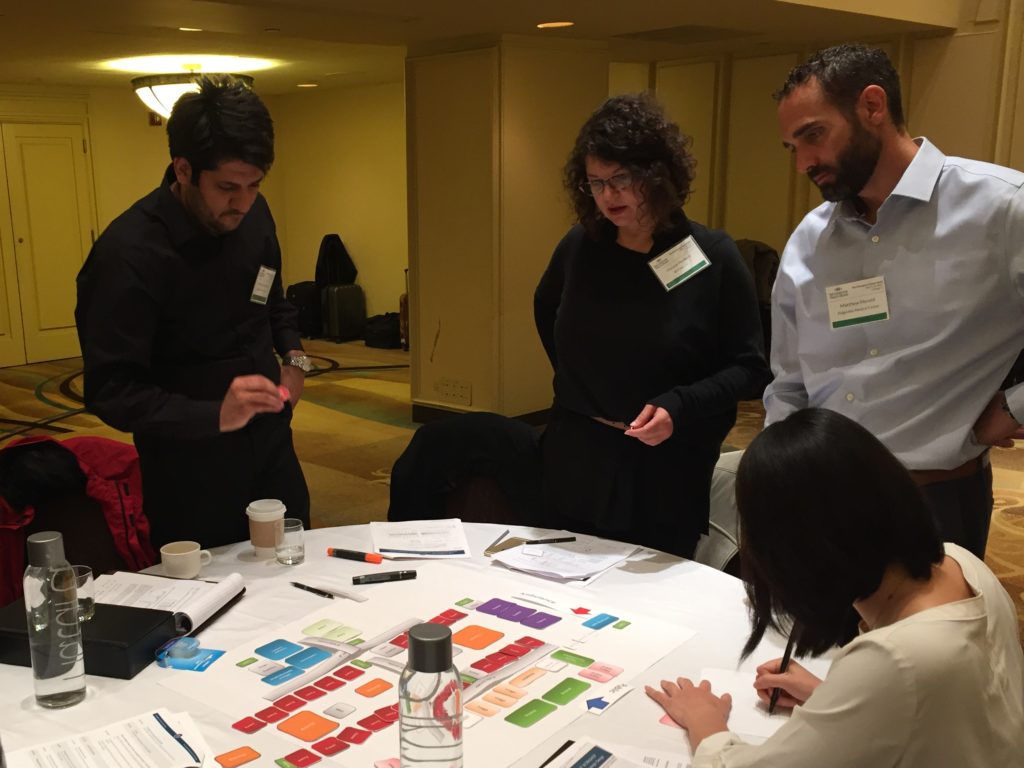BDT ATTENDS EMERGENCY DEPARTMENT DESIGN CONFERENCE IN CHICAGO
When designing a facility, not only are aesthetics important, but it is crucial to understand the functional nature of the facility and what impact the industry, past, present, and future has on that facility. Knowing how the the staff works, what they need, past obstacles, and the overall flow of actions performed day in and day out are crucial to the success of a design.
Don Dispenza, CEO and Principal Architect, and Viviane Herbert, Interior Designer, recently attended an educational conference called The Emergency Department Workshop: Considerations for Innovation and Strategic Design. The workshop took place last month in Chicago with about 75 healthcare executives, planners, architects, and designers in attendance.
BDT attended this event because of their commitment to providing complete healthcare design services to their regional healthcare clients. Over the past several years, BDT has been responsible for the renovation of Emergency Departments (EDs) for the Ohio State Medical Center, OhioHealth and Holzer Health Systems, as well as for the construction of a new free-standing ED in an historically underserved region of southern Ohio. ED professionals face challenges such as changing technologies, system bottlenecks, and increased patient volume coupled with primary care staffing shortages. The workshop sessions armed Don and Viviane with strategies for using facility design to support ED processes and help healthcare providers improve patient care.


Case studies geared toward designing and operating an Emergency Department were shared by several top medical professionals giving their first-hand accounts. Examples included sizing EDs based upon simulation modeling that builds upon real world data and projects the ED usage rate over time and using the Emergency Severity Index (ESI) triage tool to accomplish “split-flow.” The split-flow model identifies low acuity patients for placement in fast-track spaces, thus reserving bed space for high acuity patients. Using engineered materials to reduce the spread of infectious disease within the ED environment.
Conference participants were then challenged to work through mock scenarios with their new information. In this setting, Don and Viviane worked with professionals from around the country (including a hospital administrator from California, an ED doctor and ED nurse from Minnesota, and a hospital planner with a PhD from Texas) to enhance their knowledge of ED processes and design issues — and to share their own knowledge. Finally, Don and Viviane were able to forge relationships with industry experts in ED design, securing a source of ongoing advice and information.
BDT stays innovative by encouraging various on-going educational opportunities. Don Dispenza states that “education is important because our profession is on the forefront of technology. Each new healthcare project involves solving complex operational and clinical demands utilizing the most recent data and current best practices for patient care”.
More information about The Emergency Department Workshop: Considerations for Innovation and Strategic Design is available at healthdesign.org.